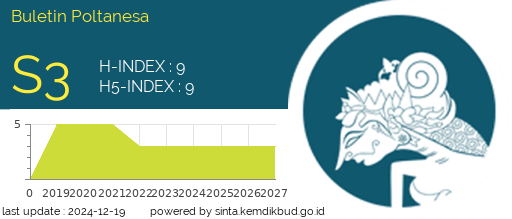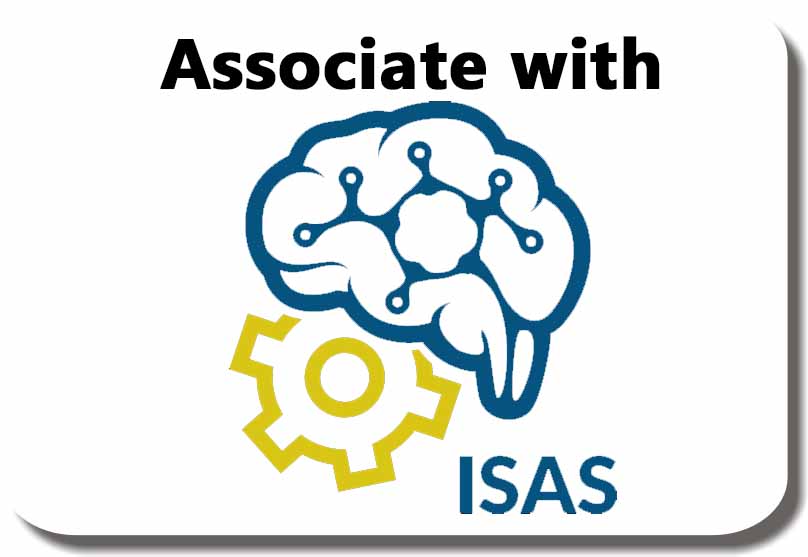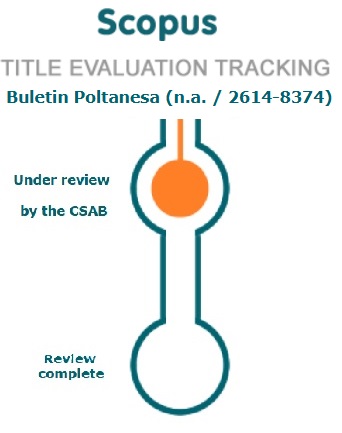Analysis of Teritip Dam Utilization for Domestic Water Supply in Balikpapan
DOI:
https://doi.org/10.51967/tanesa.v24i1.2564Keywords:
Teritip Dam, Balikpapan, Water, Supply, DemandAbstract
Balikpapan is a city in East Kalimantan, Indonesia, serving as a business and industrial center with the largest economy on the island of Kalimantan. The Teritip Dam has multiple purposes, including flood control and addressing the clean water crisis caused by a lack of raw water sources. The demand for clean water will continue to increase with population growth. This study aims to determine the contribution of the Teritip Dam in meeting the community's clean water needs through the Regional Drinking Water Company (PDAM) of Balikpapan. The study also seeks to provide input for potential contributions and conservation efforts. The analysis of domestic clean water demand involves evaluating the condition of clean water, identifying the supply and demand of clean water, analyzing population projections, and estimating the volume of clean water needed by the population. The study findings indicate that the Teritip reservoir provides a discharge of 8,891 m3/day, fulfilling only 14.3% of the clean water demand in Balikpapan. Therefore, implementing water resource conservation measures is crucial to meet the water demand in Balikpapan. These conservation activities include improving the supervision of water withdrawal and usage by considering conservation interests, raising public awareness about water issues, and controlling groundwater use for new drilling activities, particularly in critical groundwater areas.
References
Afriyanda, R., Mulki, G., & Fitriani, M. (2019). Analisis Kebutuhan Air Bersih Domestik Di Desa Penjajap Kecamatan Pemangkat Kabupaten Sambas. JeLAST : Jurnal PWK, Laut, Sipil, Tambang.
Akhmad, D., Peirisal, T., & Komara, A. (2022). Faktor-faktor Determinan Kebijakan Pengendalian Laju Pertumbuhan Penduduk Kabupaten Subang 2017-2022. Ejournal Universitas Subang, 62-70.
Anggraini, N. (2012). Hubungan Kausalitas dari Tingkat Pendidikan, Pendapatan dan Konsumsi terhadap Jumlah Penduduk Miskin di Provinsi Jawa Tengah. Semarang: Fakultas Ekonomi Universitas Dipenogoro.
Astani, L., Supraba, I., & Jayadi, R. (2021). Analisis kebutuhan air domestik dan non domestik di kabupaten kulon progo, daerah istimewa yogyakarta. Jurnal teknologi sipil, 34-41.
Astuti, F., Sungkowo, A., & Kristanto, W. (2018). Analisis Kebutuhan Air Domestik Dan Non Domestik Di Kabupaten Gunungkidul. Jurnal Sains dan Teknologi Lingkungan, 138-145.
Brahmanja, B. (2014). Prediksi Jumlah Kebutuhan Air Bersih BPAP Unit Dalu-Salu 5 Tahun Mendatang (2018) Kecamatan Tambusai Kabupaten Rakun Hulu. Riau: Universitas Pasir Pengaraian.
Chaiddir, M., & Eveline, M. (2016). Perencanaan Sistem Penyediaan Air Bersih Di Desa Taratara Kecamatan Tomohon Barat. Jurnal TEKNO, 39-40.
DKB, D. (2022). Dukcapil Balikpapan. Retrieved from https://capil.balikpapan.go.id/disdukcapil/statistik
Fulazzaky, M. (2014). Challenges of Integrated Water Resources Management in Indonesia. Water, 2000-2020.
Hendratta, L. A., & Tangkudung, H. (2021). Rekayasa Sumber Daya Air. Manado: Patra Medika.
Kadoatie, R. J. (2021). Tata Ruang Air Tanah. Yogyakarta: Penerbit Andi.
Kementerian Pekerjaan Umum Umum dan Perumahan Raky. (2018, 5 31). Bendungan Teritip Siap Dimanfaatkan Memasok Kebutuhan Air Baku Kota Balikpapan. Retrieved from Kementerian Pekerjaan Umum dan Perumahan Rakyat: https://pu.go.id/berita/bendungan-teritip-siap-dimanfaatkan-memasok-kebutuhan-air-baku-kota-balikpapan
Martila, Z. (2020). Analisis kebutuhan dan ketersediaan air bersih di kecamatan gangga kabupaten lombok utara. Universitas Muhammadiyah Mataram.
Novia, A. A., Nadesya, A., Harliyanti, D. J., Ammar, M., & Arbaningrum, R. (2019). Alat Pengolahan Air Baku Sederhana Dengan Sistem Filtrasi. Widyakala, Vol 6.
Park, E. (2017). Perencanaan Sistem Pemanenan Air Hujan Skala Rumah Tangga D Korea Selatan. Bandar Lampung: Fakultas Teknik Universitas Lampung.
Prijanto , D., & Ismoyo, M. (2010). Neraca air bendungan teritip kota balikpapan provinsi kalimantan timur. Jurnal Teknik WAKTU, Volume 08 Nomor 01.
Rachmawati, I. P., & Riani, E. (2020). Status mutu air dan beban pencemaran Sungai Krukut, DKI Jakarta. Journal of Natural Resources and Environmental Management, 10(2), 220-33.
Salim, M. A. (2019). Analisis Kebutuhan Dan Ketersediaan Air Bersih (Studi Kasus Kecamatan Bekasi Utara). Jakarta: Fakultas Ilmu Tarbiyah dan Keguruan UIN Syarif Hidayatullah.
SNI 19-6728.1. (2002). Penyusunan Neraca Sumber Daya – Bagian 1: Sumber Daya Air. Badan Standarisasi Nasional.
SNI 6728.1. (2015). Penyusunan Neraca Spasial Sumber Daya Alam - Bagian 1: Sumber Daya Air. Badan Standarisasi Nasional.
STEFAN , R. (2018). Analisis keandalan air bendungan way yori. Makasar: fakultas teknik universitas hasanuddin.
Sukmara, R. B., Ariyaningsih, A., & Pratama, J. (2020). Analisis ketersediaan dan kebutuhan air baku kota balikpapan studi kasus: waduk manggar, kota balikpapan. Eternitas:Jurnal Teknik Sipil, Vol 1 No 1.
Sutrisno, E. (2016). Sistem Rainwater Harvesting Sbegai Salah Satu Alternatif Memenuh Kebutuhan Sumber Air Bersih. Mojokerto: Fakultas Teknologi Pertanian, Universitas Islam Maj.
Wahyuni, A., & Junianto, J. (2017). Analisa Kebutuhan Air Bersih Kota Batam Pada Tahun 2025. Jurnal TAPAK, Vol. 1 (6 : 116).
Zulkipli, Soetopo, W., & Prasetijo, H. (2012). Analisa Neracaair Permukaan Das Renggung Untuk Memenuhi Kebutuhan Air Irigasi Dan Domestik Penduduk Kabupaten Lombok Tengah. Jurnal Teknik Pengairan, 87–96.
Downloads
Published
How to Cite
Issue
Section
License
The copyright of this article is transferred to Buletin Poltanesa and Politeknik Pertanian Negeri Samarinda, when the article is accepted for publication. the authors transfer all and all rights into and to paper including but not limited to all copyrights in the Buletin Poltanesa. The author represents and warrants that the original is the original and that he/she is the author of this paper unless the material is clearly identified as the original source, with notification of the permission of the copyright owner if necessary.
A Copyright permission is obtained for material published elsewhere and who require permission for this reproduction. Furthermore, I / We hereby transfer the unlimited publication rights of the above paper to Poltanesa. Copyright transfer includes exclusive rights to reproduce and distribute articles, including reprints, translations, photographic reproductions, microforms, electronic forms (offline, online), or other similar reproductions.
The author's mark is appropriate for and accepts responsibility for releasing this material on behalf of any and all coauthor. This Agreement shall be signed by at least one author who has obtained the consent of the co-author (s) if applicable. After the submission of this agreement is signed by the author concerned, the amendment of the author or in the order of the author listed shall not be accepted.









